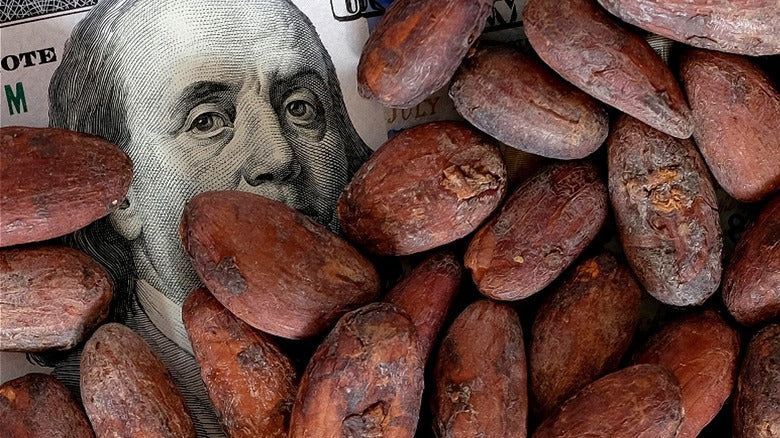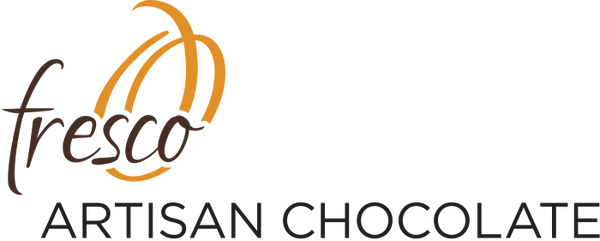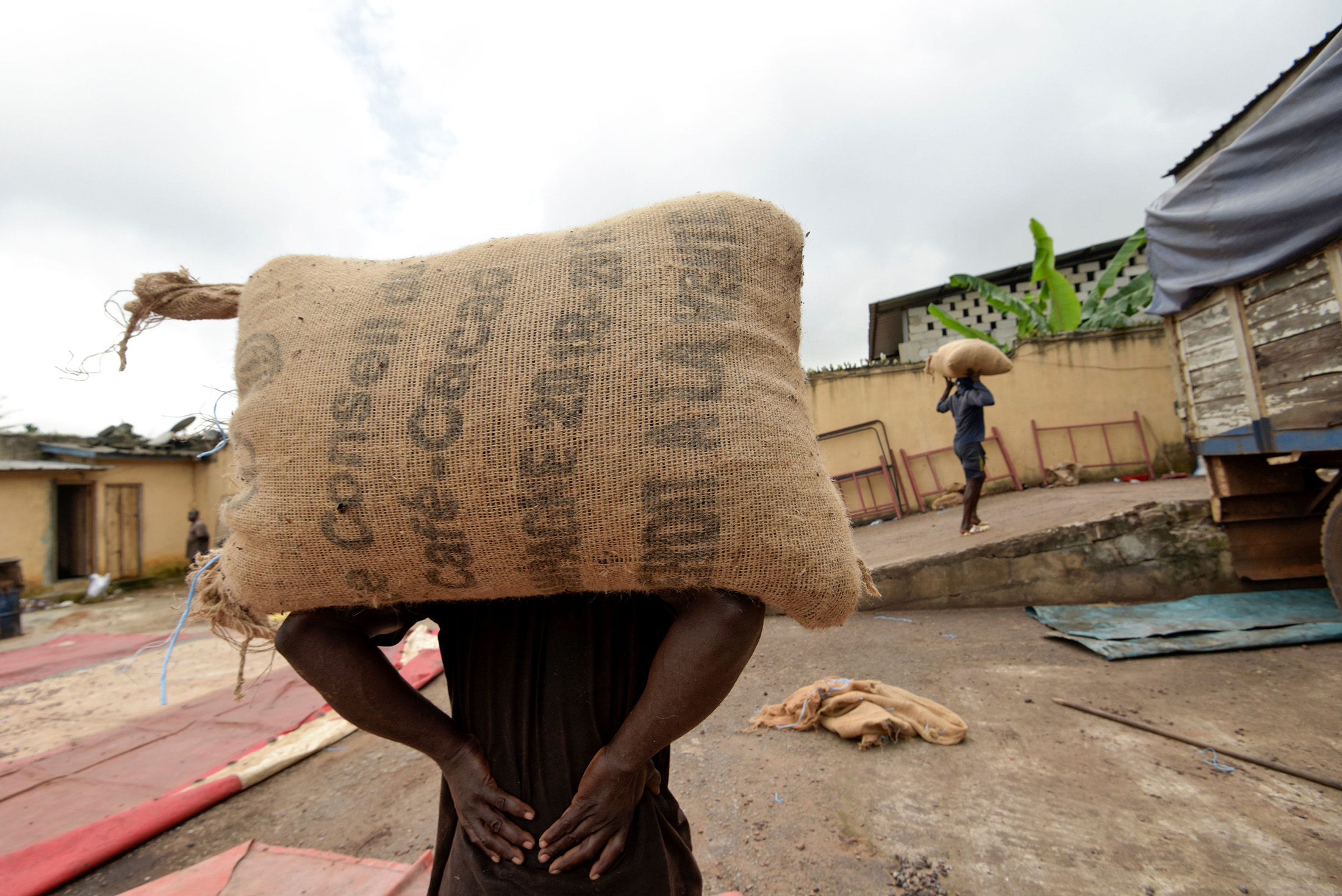
Why Cocoa Prices Are Rising – And How We’re Responding
Share
Over the past five years, the global chocolate industry has faced unprecedented challenges, leading to significant increases in the prices of cocoa beans and cocoa butter. These rising costs have compelled many chocolate makers, both large and small, to adjust their pricing strategies.
In this article, we take a closer look at the rising cost of cocoa and how it has directly affected us at Fresco Chocolate. If you're interested in a broader view of global cocoa prices, our friends at Cocoa Runners have published several recent articles on the topic. Link HERE.
📈 The Surge in Cocoa Prices
To illustrate a trend, we're disclosing some of our cocoa bean costs as a gesture of transparency. These prices reflect purchases of a few hundred kilograms and are based on our own experience. Other chocolate makers may operate with different sourcing strategies, volumes, or pricing models. Our intent is not to focus on the specific numbers, but to illustrate a broader trend: everyone in the chocolate industry is facing challenges of unprecedented magnitude.
In 2020, our cost for high-quality cocoa beans from Nicaragua was $6.25 per kilogram. In 2025, similar cocoa now cost $14.50 per kilogram—an increase of over 130%. For cocoa from Ghana, our 2019 cost was $6.00 per kilogram. In 2025, cocoa from Ghana has reached $18.50 per kilogram.
Other essential ingredients, like cocoa butter and sugar, have also risen sharply in cost. These escalating prices impact every part of chocolate making. We share this data to help our customers understand the pressures small makers face. If we must raise prices in the future, it will be because we want to continue offering quality chocolate made with integrity—not because of short-term trends, but due to sustained increases in the cost of doing what we love.
🌍 What’s Causing the Increases?
🌦️ Climate Change & Unstable Weather
West Africa, particularly Côte d’Ivoire and Ghana, produces over 60% of the world's cocoa. In 2024 alone, human-caused climate change added six extra weeks of extreme heat to 71% of cocoa-growing areas in the region, reducing yields dramatically.
Source: ReliefWeb
Harvesting pods, Ghana. Image courtesy of Three Mountains Cocoa
🌱 Crop Disease
The cocoa swollen shoot virus (CSSV) continues to affect farms in Ghana—especially in the Western North region, where over 80% of the area has seen infection. Replanting takes years, limiting short-term supply.
Source: Essfeed.com
💰 Economic & Trade Pressures
Tariffs are making things harder. In the U.S., cocoa imports may soon face tariffs of 15% or more. Since cocoa is not grown in the continental U.S., artisan chocolate makers question the logic behind tariffs on an ingredient that has no domestic alternative.
🏭 Large Makers vs. Small Artisans
Large industrial chocolate makers like Hershey are seeing steep cost increases. Tariffs alone could cost Hershey an extra $100 million in just two quarters. (Source)
For artisan chocolate makers, the impact is just as real—but we have one advantage: flexibility.
Unlike large factories with rigid systems, we can pivot. We can explore new product offerings, host educational events, and communicate openly with our customers about what’s happening and why.
🌤 A Look Ahead
The good news? Experts predict that weather conditions may improve in 2025, allowing a modest recovery in West African cocoa production.
Source: Container News
💛 Why We’re Still Making Chocolate
At Fresco, we don’t make chocolate because it’s easy. We do it because we love it.
Even as costs rise, our commitment to quality and transparency remains strong. We’ll continue to adapt—whether through new products, educational resources, or simply keeping you informed. Thank you for being part of this journey with us.
Cover image provided by MoneyDigest


